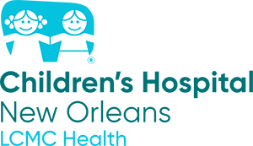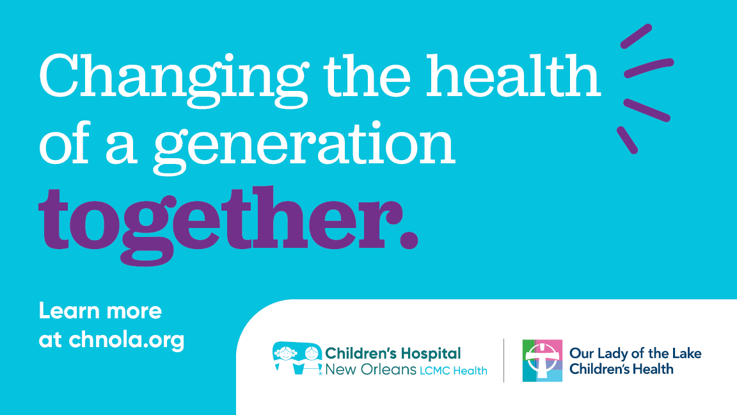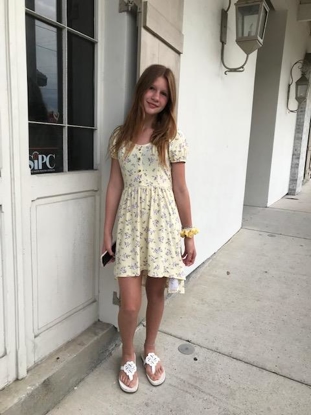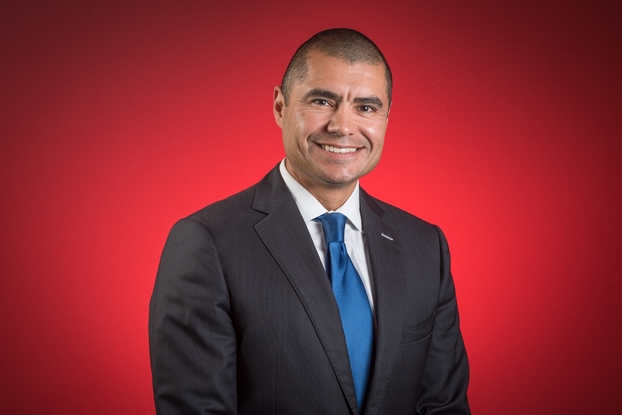Saving Symphony: Newborn with “inoperable” heart defect saved by surgeons at Children's Hospital New Orleans
- Category: Patient Stories
- Posted on:

At four years old, Symphony Jackson loves dancing, playing outside, and going to see the animals at the zoo. She also can’t get enough cuddles from her two little dogs, especially Macy who sleeps with her in bed every night. Her mother, Lyric, says it was hard to believe that she’s here today considering what doctors told her when Symphony was born on April 11, 2017.
“They told me she was inoperable. They wanted us to pull the plug on her because they told us that her heart condition was so severe. She only had the left side of her heart; the right side was so small,” said Lyric. “They told us they can make her comfortable as possible, and we could pass her around to say our goodbyes.”
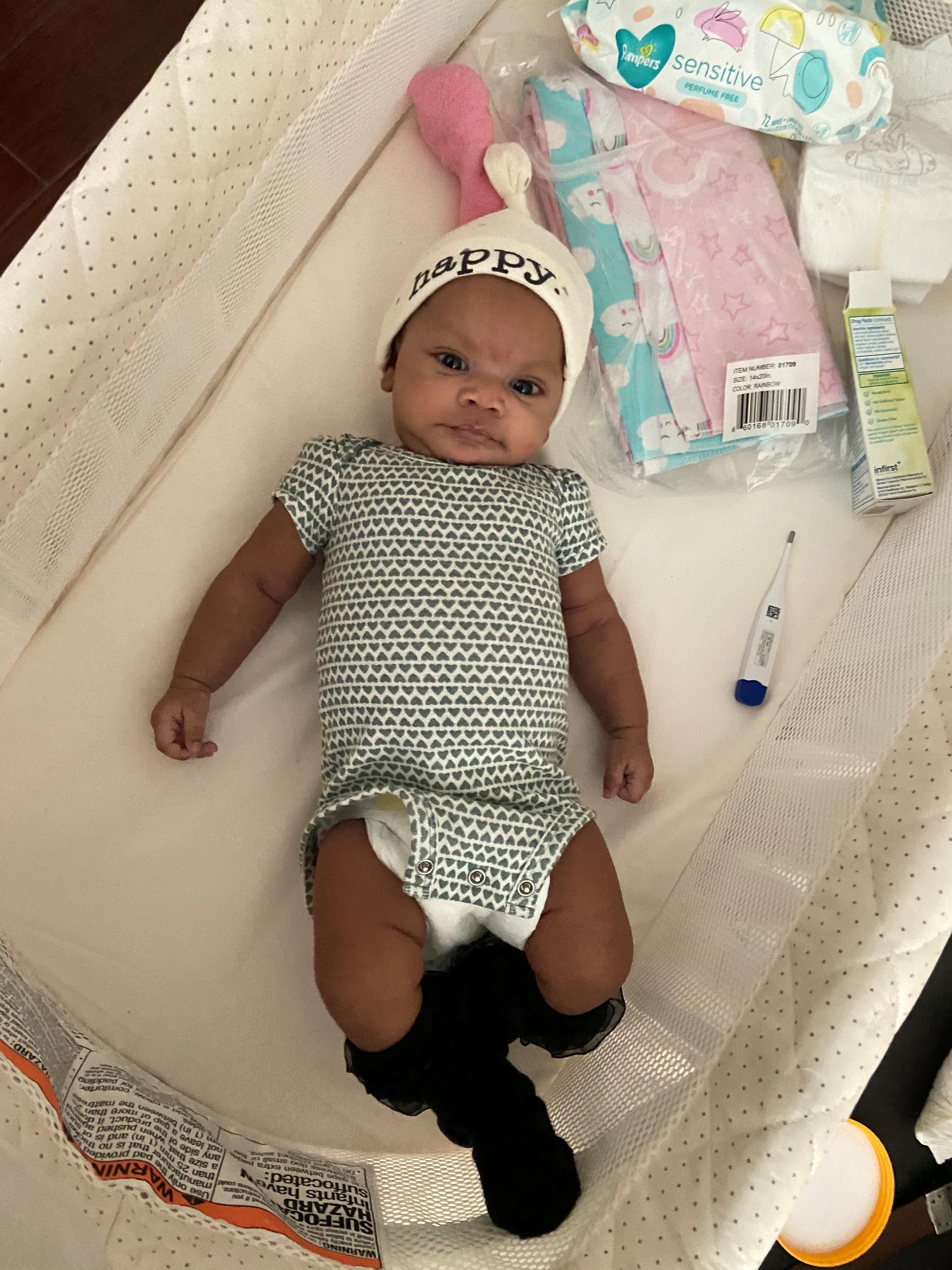 Symphony was born with congenital heart disease, a defect with multiple problems with the heart structure present at birth. These abnormalities occur when the heart or blood vessels don't form correctly in utero. Congenital heart defects (CHDs) are the most common type of birth defect in the United States, affecting nearly one percent (about 40,000) of births per year, according to the CDC. Sometimes the heart fixes itself. Other times, multiple heart surgeries are needed to correct it.
Symphony was born with congenital heart disease, a defect with multiple problems with the heart structure present at birth. These abnormalities occur when the heart or blood vessels don't form correctly in utero. Congenital heart defects (CHDs) are the most common type of birth defect in the United States, affecting nearly one percent (about 40,000) of births per year, according to the CDC. Sometimes the heart fixes itself. Other times, multiple heart surgeries are needed to correct it.
It was during the anatomy scan at 20 weeks pregnant, just two days before Christmas 2016, that doctors first noticed that Symphony may have a heart issue. Those were scary words to hear for any mother, but Lyric, who was a first-time mom, went to each additional doctor’s appointment hoping for better news.
“The doctor said they could only see a portion of her heart. We had to come back, and again the same thing – they couldn’t get a good view of her heart,” said Lyric. “They took over 200 pictures. They said they saw something, but they couldn’t be too sure. They said it looked like she did have something wrong with her heart.”
At the time, doctors were optimistic that Symphony would not need surgery, but after she was born, they ran more tests and found out just how severe the heart condition really was. While deciding whether or not to do surgery, Symphony’s condition deteriorated. She developed sepsis, which is a serious medical condition caused by the body's response to an infection. It created swelling throughout the body, leading to organ failure. Her lungs collapsed, and she was put on a ventilator. Doctors needed to perform a tracheostomy for her to breathe. To help her heart, doctors used a cardiac catheter, but that was complicated by osteomyelitis, a swelling that occurs in the bone.
When doctors shared that there was nothing more they could do, Lyric and her family searched for other solutions. They found it at Children’s Hospital New Orleans.
“When she got there, she was in bad shape. They first took their line out of her neck, and they put another one in somewhere else on her body. Seeing the look of her swollen foot, they immediately took her to perform surgery on her leg. They had to put a drain in her ankle because she had so much infection in her leg and then her foot,” said Lyric.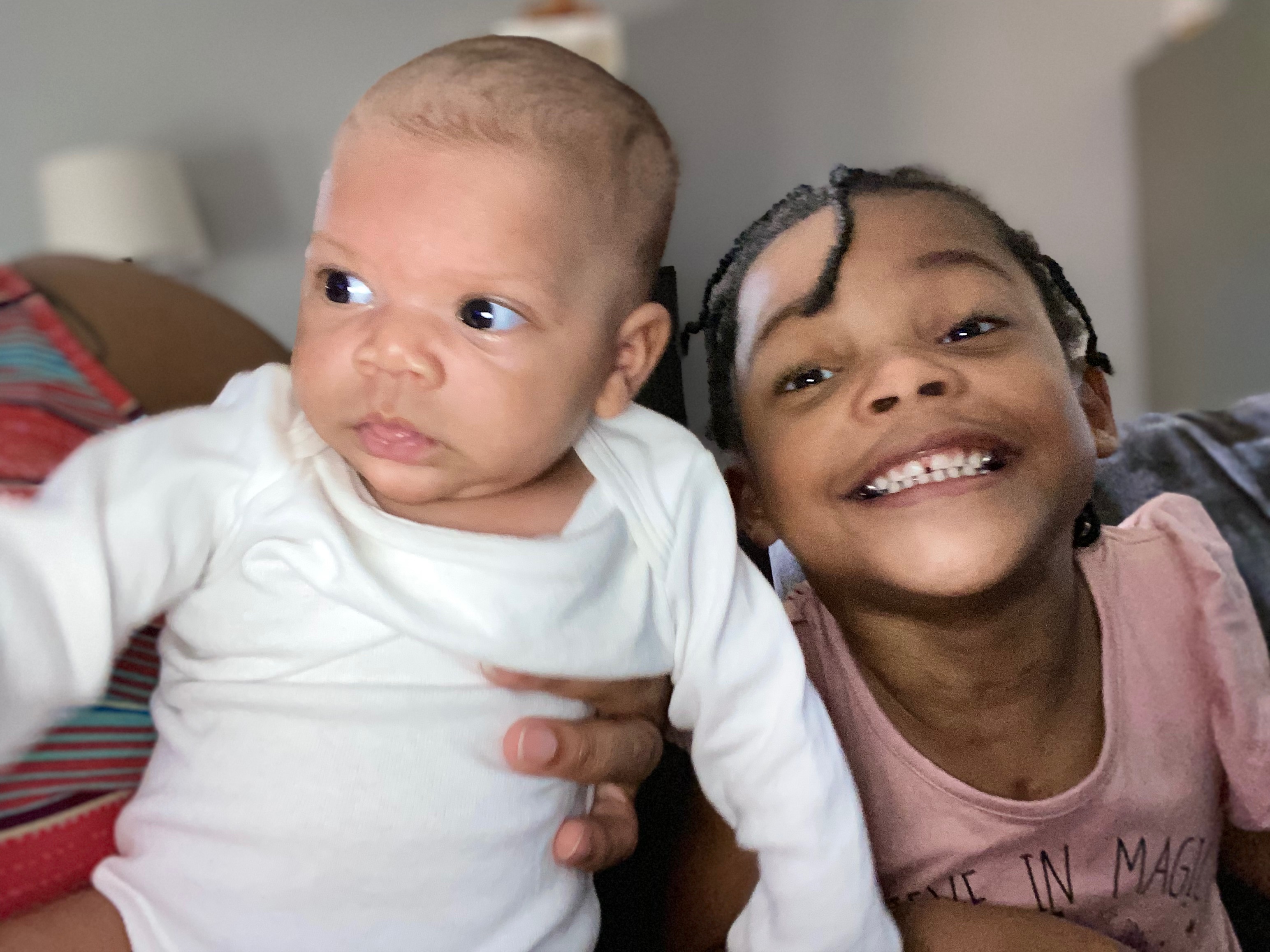
“When it came to her heart, it was no guarantee for how everything would go. There were definitely more doctors there who were more comfortable with doing this kind of heart surgery, but they told us it was an iffy situation. If they did it, it still was a strong possibility that she might not make it, but they were still willing to try and help her,” explained Lyric.
For her first surgery in June 2017, Dr. Timothy Pettitt performed a shunt procedure. A shunt moves blood from one area to another. This is done if the open-heart surgery needs to be delayed because the child is too sick to go through surgery. This surgery was a special moment for Lyric, who up to this point had only had limited interaction with her newborn.
“We were able to hold her before she went down for her surgery, and it was our first time being able to hold her,” said Lyric.
Two months later, Symphony started to outgrow her shunt and her oxygen levels began to drop again. It was time for the next surgery - the Glenn procedure. In this procedure the previously placed artificial shunt is replaced by connecting her superior vena cava directly to the pulmonary artery, bypassing the heart. With this type of shunt, the un-oxygenated blood returning from the head and arms is rerouted to go directly to the lungs without mixing with the oxygenated blood from the lungs in the heart. She was able to come back home after another two months. In December 2020, doctors finally cleared her to have the tracheostomy removed, and her final heart surgery to close the fistula came on December 7, 2021.
“She now looks like she's growing, and she's full of energy. A lot of energy,” said Lyric.
 Symphony has had to go to physical therapy, speech therapy and occupational therapy, but other than that, she has had no lasting effects. She is scheduled to continue seeing her cardiologist, Dr. Michael Brumund every year, to make sure her heart stays in tip-top shape.
Symphony has had to go to physical therapy, speech therapy and occupational therapy, but other than that, she has had no lasting effects. She is scheduled to continue seeing her cardiologist, Dr. Michael Brumund every year, to make sure her heart stays in tip-top shape.
Lyric, who is now expecting her third child, says she’s so incredibly thankful for the love and support that was given to her in the crucial time in her daughter’s life.
“I'm glad I had family there to coach me in the right direction, because if I didn't have anybody there, I probably would have caved into what the first doctors were telling me,” said Lyric. “I'm also very grateful for the doctors at Children’s. They all were great and treated my girl like she was their own baby.”
Most congenital heart defects have no known cause. If you have a high risk of giving birth to a child with a congenital heart defect, genetic testing and screening may be done during pregnancy. To learn more about congenital heart defects in children, visit our website https://www.chnola.org/our-services/heart-center/.
